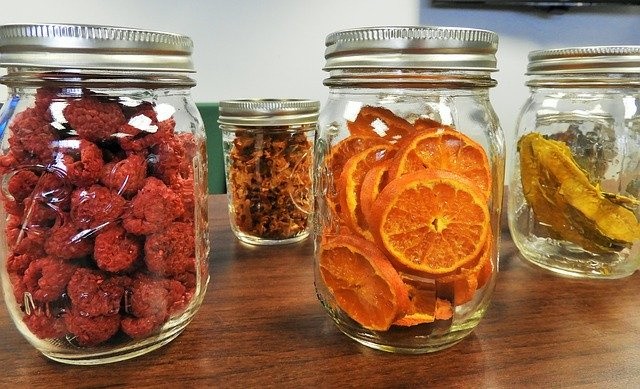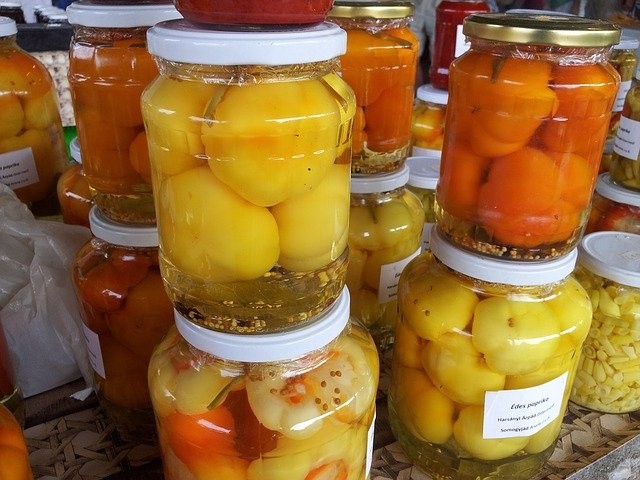
Keeping your food long enough to store is essential. It is always best to have enough food stored in your house in the future. Food is vital to us humans beings, and as much as possible, we should stock up on our supply whenever we can.
Aside from buying canned goods and ready-to-eat products in the grocery, you can keep your homemade food for a long time by preserving it. Food preservation is a combination of food making and science, and knowing about it can come in handy.
Why is food preservation important?
Food preservation is the process where you put food to safety and stock it for an extended time. Whether you use it at home or sell it as a business, it is essential to know the different preservation methods. Understanding how the process works will hinder bacterial growth and spoilage in the food and keep it safe to eat in the future.

There are three main key points as to why food preservation is essential. First, preservation minimizes pathogenic bacteria in the food and reduces the risk of spoilage. Second, it helps to maintain the food's quality for an extended period. Lastly, it helps you save money in the future. Food preserves can be kept for as long as you want if cooked and processed correctly. You may save money from buying food in the future if you have preserved foods in stock.
Common Food Preservation Methods
There are different methods of food preservation. There are simple ones that only need to be kept in the fridge, and there are more complex ones that need to be cooked, added preservatives, and store them in different types of packaging. Here are the most common methods of food preservation that you should know.

- Chilling. This is the process of storing food using a refrigerator. Chilling food is also the purest form of food preservation.
- Freezing. This food preservation method is more intense than chilling. It requires to put food in the freezer. Frozen food can last up to months in storage.
- Sugaring. Sweet preserves that are slow-cooked with sugar can help reduce the bacterial growth in the food. This method is mostly used in jams, spreads, and more.
- Salting. This is a standard food preservation method, especially for meat and poultry. Salt helps draw out water from the food and hinder bacterial growth.
- Vacuum packing. This method of food preservation includes deprivation of oxygen to the bacteria in the food. Vacuuming food in sealed packaging can extend its storage life for a much longer time.
Keep in Mind
When doing food preservation processes, regardless of what method you plan to use, make sure that your ingredients are fresh and clean. Whether you are using fruits, vegetables, or meats, always clean them before cooking or storing it as a preserve. Bacteria is still present in foods, and it cannot be avoided. However, being extra careful and cautious about food handling can take you the extra mile in storing high-quality food preserves.
ALSO READ : 10 Brilliant Kitchen Hacks You Must Try At Home









